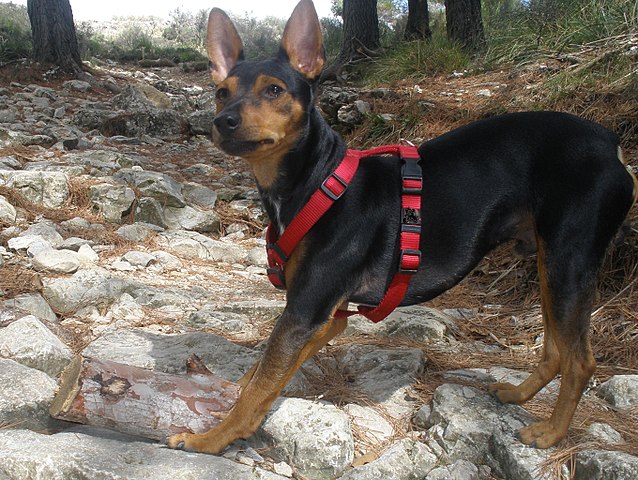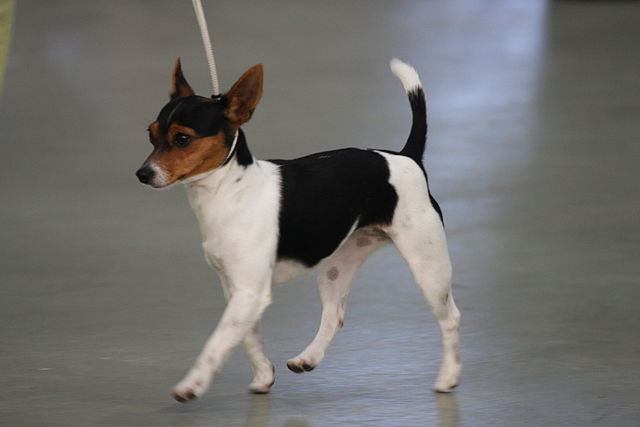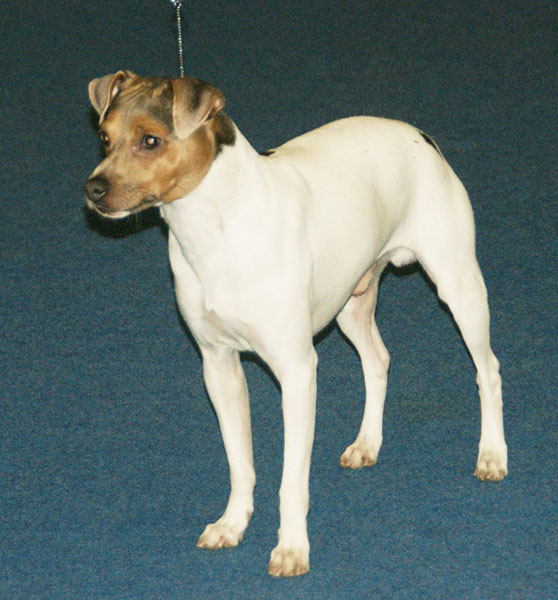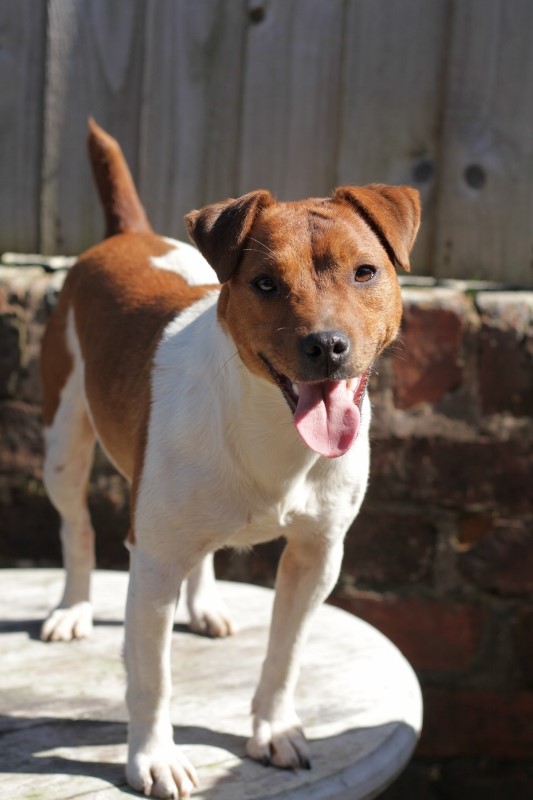The Dutch Smoushond was originally used on farms to rid the stables of vermin such as rats and mice. A popular breed in the late 1800’s, they also enjoyed the role of being a “gentleman’s companion”. Despite their short popularity, they nearly went extinct during World War 2 and although they were saved (and in fact re-created) by fanciers of the breed, today they aren’t well known outside of the Netherlands. They are related to the same family of dogs in which the pinscher and the schnauzer breeds are a part of, even though they may not look it at first. Although their origins are shrouded in mystery, it is thought that they started out from yellow schnauzer stock, which was (and still is) an unrecognized color. Today, they are only recognized by the UKC in English-speaking countries – and of course the Dutch Kennel Club and FCI overseas.
Smoushonds are are a small, rather square breed that may look like a mutt at first glance. They are characterized by their medium-length wiry double coats, which give them a particularly unkempt appearance. Their faces are equally furnished with a wiry beard, mustache and eyebrows in the same yellow color as the rest of their bodies. They have triangular shaped ears which are high set but hang in the drop position with the front edge close to their cheeks.
The Dutch Smoushond likes to please his owners and enjoys learning. With his intelligent nature, he picks up obedience fairly quick although might take advantage of owners that provide zero consequences for bad behavior. Don’t forget that his terrier nature may make him want to be the boss, so while he shouldn’t be trained with undue force, he does need consistent rules and follow-through. As he is a sensitive fellow who can shut down with harsh corrections, make sure to always be fair with any corrections and keep training mostly fun and positive!
Smoushonds are friendly, charming and are fairly easy to care for. They have a great sense of humor and huge personalities. Many can live in apartments as long as they are given enough exercise and they can even make good watchdogs. In fact… some may need extra reminders not to get too carried away with their voices! They get along well with other dogs, cats and children alike and can be overall loving and loyal members of the family. While they form the closest bonds with their owners/families, they are outgoing toward strangers and enjoy meeting new people.
Dutch Smoushonds do need daily walks in order to stay in shape and keep their bodies and minds engaged. While walks are necessary, other exercise such as a game of fetch, a swim in the pool or even agility practice are also welcome additions to the routine. Making sure to provide this important care to the dog will help him to be healthy during his 13-15 years of life, so he should only live with individuals or families that are able to share an active lifestyle with their dog.
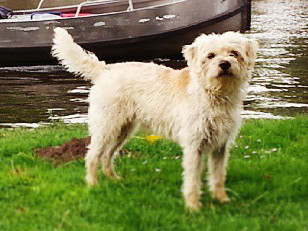
Smoushonds as a whole aren’t known for having behavioral quirks – and, although of course all dogs are individuals and raising them right is important to their mental health, most seem not to develop neuroses or aggressive tendencies. They are known for their steady temperaments and usually do just fine even in lively or even hectic family households – again, as long as their basic needs are met. When their needs aren’t being taken care of, they are capable of being destructive diggers or chewers. After all, despite their legendary temperaments they are still dogs! If your Smoushond loves to chew, the long-lasting Benebone is built to handle even the toughest jaws – https://amzn.to/410F5TG
Affiliate Disclaimer
As an Amazon Associate, I earn from qualifying purchases. This means that if you click on an affiliate link on this site and make a purchase, I may earn a small commission at no additional cost to you. Rest assured that I only link to products I have used, or use on a regular basis, and trust enough to recommend them to you!
